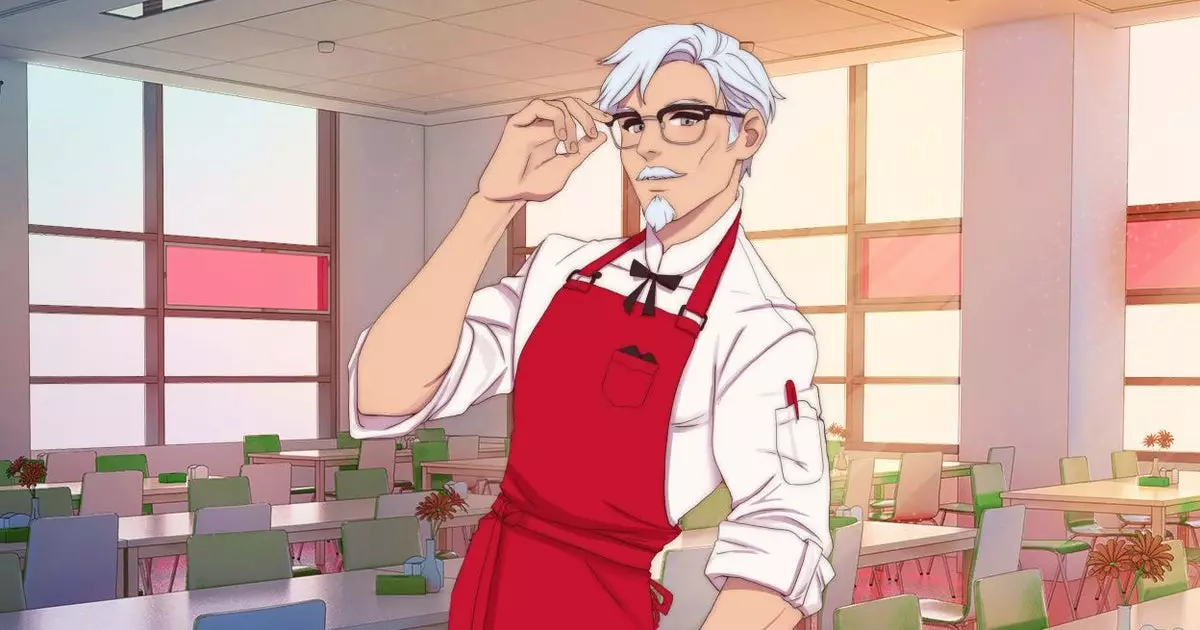In the world of fighting games, innovation is key. Fans are always excited by new characters and twists, and Tekken, as a leading franchise in this genre, has a longstanding history of creativity. However, the boundaries of that creativity can sometimes be amusingly absurd. For instance, Katsuhiro Harada, the chief producer of the Tekken series, once pursued the idea of incorporating Colonel Sanders from KFC into the game. Despite its failure, such an aspiration raises an intriguing conversation about the potential for even more corporate characters to enter the roster.
Harada’s attempt to integrate Colonel Sanders into Tekken showcases a fascinating interplay between video games and advertising. The brand recognition of fast-food icons can create a unique synergy with the game’s vibrant universe. The unfortunate dismissal by KFC may have been rooted in potential brand image concerns. After all, the thought of a jovial Colonel Sanders executing brutal fighting moves may not align with the culinary mascot’s image. However, with the right creative tweaking, such partnerships could yield thrilling—and sometimes utterly bizarre—results.
Imagine the Philadelphia Flyers’ mascot, Gritty, crashing the Tekken party. Known for his wild antics and comical presence, Gritty could bring an offbeat charm to the fighting arena. His agility and eccentricity would provide an engaging contrast to the typically serious demeanor of traditional Tekken fighters. A character like Gritty embodies the idea that video games and sports mascots can cross pollinate in the most unexpected and fantastical ways.
On the subject of reinterpreting familiar figures, there are numerous corporate symbols ripe for debuting as Tekken fighters. Take Mr. Muscle, the ever-buff toilet cleaner mascot. His portrayal as a gleaming, CGI creation yields itself well to a world where supernatural strength and unique fighting styles are the norm. The whimsicality of using a cleaning product mascot as a fighter could lend itself to creative and humorous combat moves, perhaps with signature jingle attacks that provide both laughs and catchy tunes during gameplay.
Yet, it’s the imaginative designing of these characters that can further stretch the limits of creativity. For instance, a hyperbolic interpretation of the Andrex Puppy could transform this cartoonish creature into a viable fighting contender. We might envision a dramatically redesigned character that, despite its wholesome origins, harnesses unexpected strength—perhaps launching rolls of toilet paper as a ranged attack designed to bewilder adversaries just as much as a well-executed combo move.
With these corporate characters, there’s also room for comic narratives deeply embedded in the Tekken universe. The idea of a side story featuring Captain Birdseye seeking vengeance for his stolen salmon stock alongside Kuma is both ludicrous and captivating. Such narratives not only expand character development but also create whimsical side quests that provide a refreshing break from the game’s more serious arcs. A villainous plot could surface with puns and punishing moves that harken back to classic cartoon humor, creating a fun battle experience.
Moreover, the siblings of the Monopoly Man—imagine him threatening opponents with financial ruin while engaging in theatrical brawls—could form another avenue of absurdity in combat. By incorporating everyday figures into outlandishly set scenarios, the characters would not only make players chuckle but also create a memorable clash of personalities.
The pursuit of bizarre characters in fighting games does illustrate a larger conversation about the current landscape of gaming culture. In an era where the lines between acceptance and rejection blur, the tech-savvy consumer might welcome the inclusion of such whimsical figures. After all, as absurd as these characters may be, they challenge the norms of machoism typically associated with fighting games.
The exploration of unconventional characters like Colonel Sanders, Gritty, and Mr. Muscle in Tekken 8 encapsulates the potential for absurdity within gaming. The blend of humor, corporate partnership, and creative artistry could reshape player expectations and breathe fresh life into end-game experiences. As gaming continues to evolve, embracing the absurd may very well define the horizon of what’s possible within the realm of entertainment.


Leave a Reply